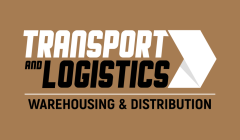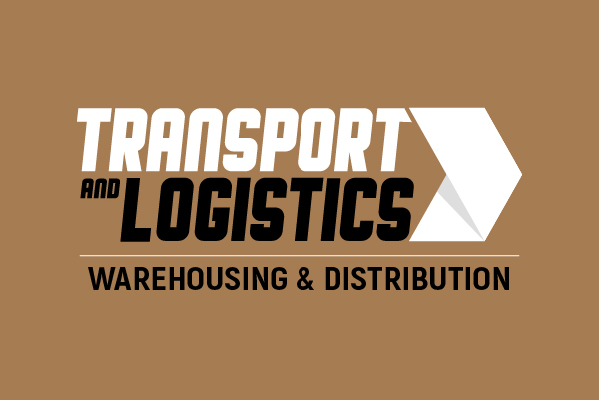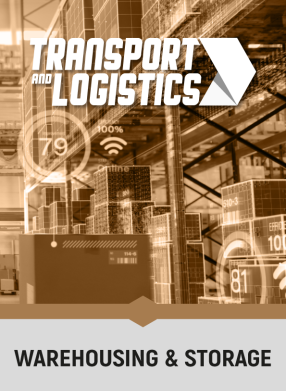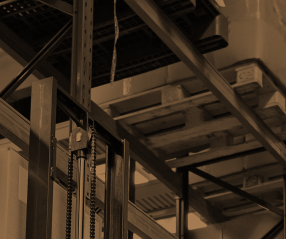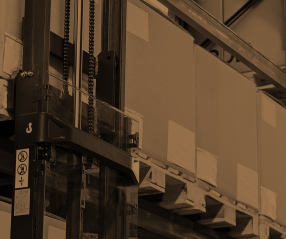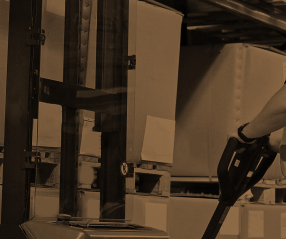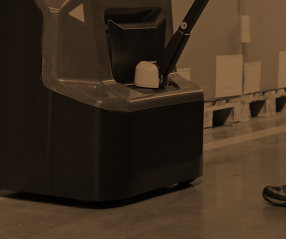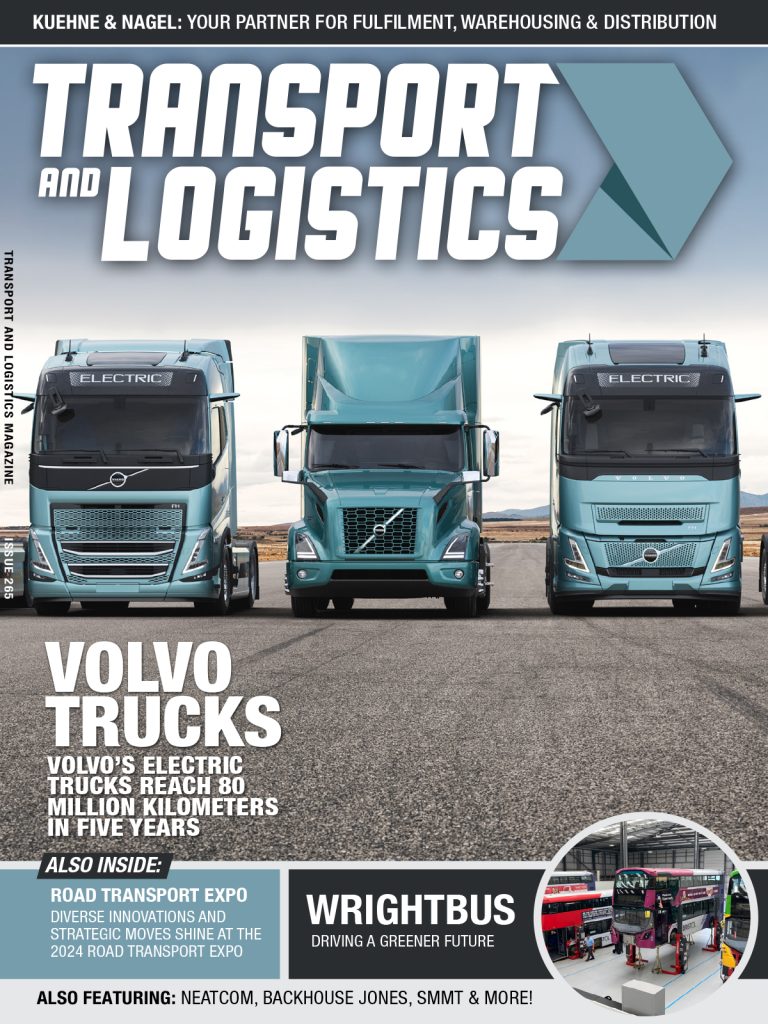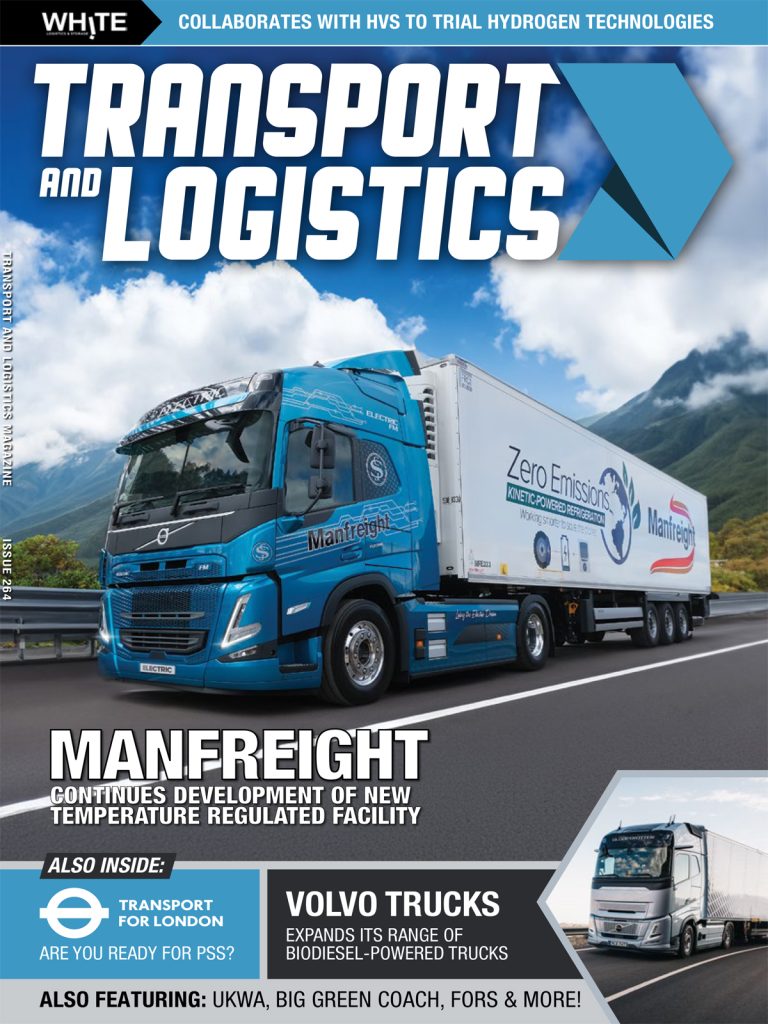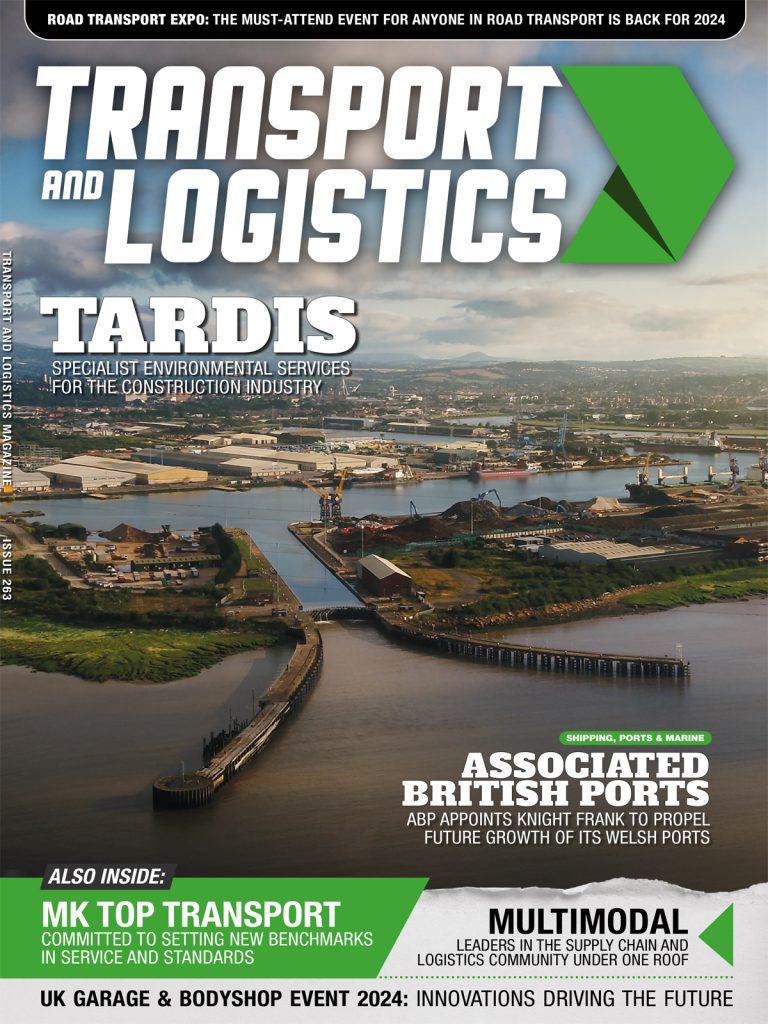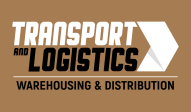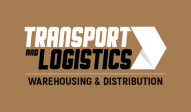There are two critical aspects of the logistics process, the first mile – a process triggered by a customer order, for picking, packing, validation and transport – and then the final mile – getting the item into the customer’s hand, whether that is in store via click and collect, at home, office, drop off point or smart locker. It is the efficiency with which retailers manage these two essential aspects of supply chain logistics in a seamless way that is key to their survival.
Zetes looks at the options available to retailers and where they should be focusing their energy in order to gain the edge that results in a competitive customer experience.
Logistics efficiency in an urban world
74% of Europe’s population currently live in urban areas, and a 69% increase in parcel deliveries is expected across Europe by 2021. This means that transport and logistics models need to focus on solutions designed for dense, developed cities such as Berlin, London and Paris where new delivery initiatives like landing a drone would be a challenge, but autonomous commercial vehicles and electric vehicles will have more appeal.
Urban Consolidation Centres are gaining ground, providing a location where all deliveries from multiple suppliers are brought, sorted and then dispatched to one specific area or street, resulting in fewer shipments and optimised loads. Using Urban Consolidation Centres could save companies 25% per parcel delivery, reduce delivery related mileage by up to 45%, cut vehicle maintenance costs, reduce emissions of nitrogen oxide, CO2 and particulates and ease congestion.
Night deliveries could also be explored to reduce congestion during the day – allowing suppliers to use bigger trucks and reducing the number of deliveries. In addition to requiring local authorities to review overnight restrictions, this prompts the need for some form of secure drop off location, such as Smart Lockers. If adopted, this model should increase the right first-time delivery ratio, as well as reducing drive time on less congested roads. Combining night deliveries with Urban Consolidation Centres, electric vehicles, load pooling, parcel lockers and AGV lockers, could also play its part in the environment, reducing emissions by up to 30%, while also cutting costs per parcel by 25% to 55%.
Transforming the store environment
Many retailers are already looking to fulfil online orders from a store rather than the warehouse, creating high street locations that double up as a showroom and fulfilment centre, as well as handling click and collect and returns. This has the added advantage of increased footfall and incremental purchases while collecting or returning to store, something the pure-play retailer cannot achieve.
With the shift to both Urban Consolidation Centres and fulfilment from the store, there is a growing interest in new entrants to the delivery market, using collaborative, crowd-sourced delivery platforms and applications to provide consumers with multiple delivery options. To succeed, organisations must invest in solutions that provide full visibility, allowing retailers to track and manage the performance of disparate groups to continually reinforce quality and avoid brand damage.
Embracing technology
In order to leverage any of the new and innovative options available to retailers, they must ensure that their infrastructure is underpinned by an agile, scalable and connected execution technology solution. There are many opportunities to achieve rapid first-time fulfilment and utilisation of assets and resources, through end to end visibility, to control costs and proactively manage every step of the process.
